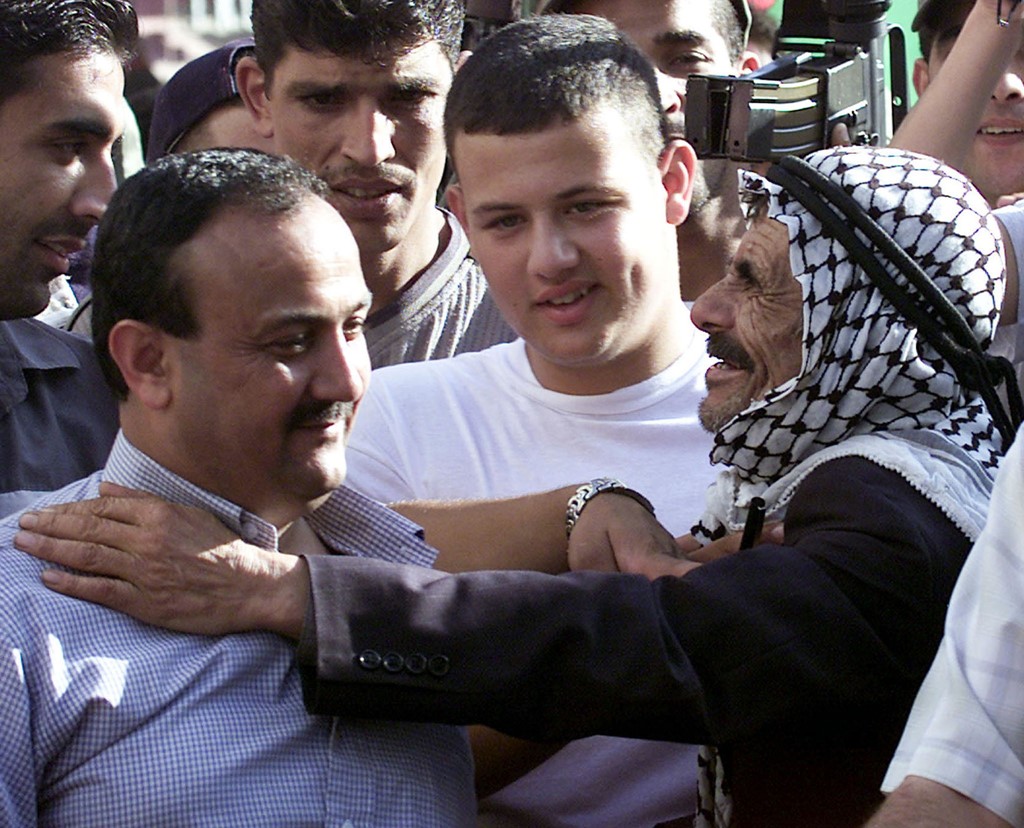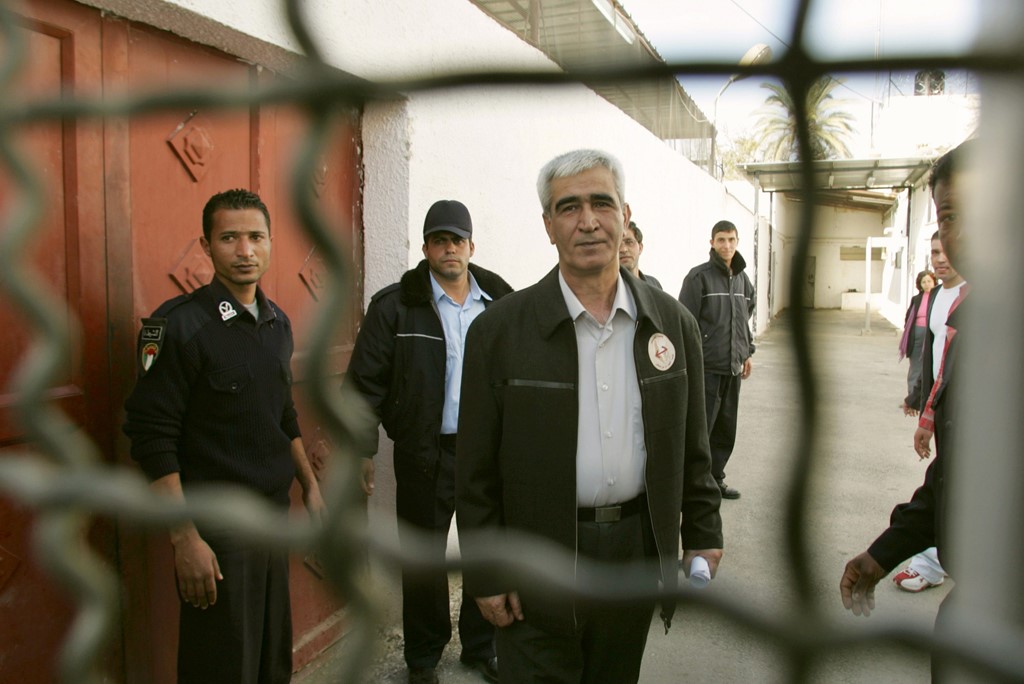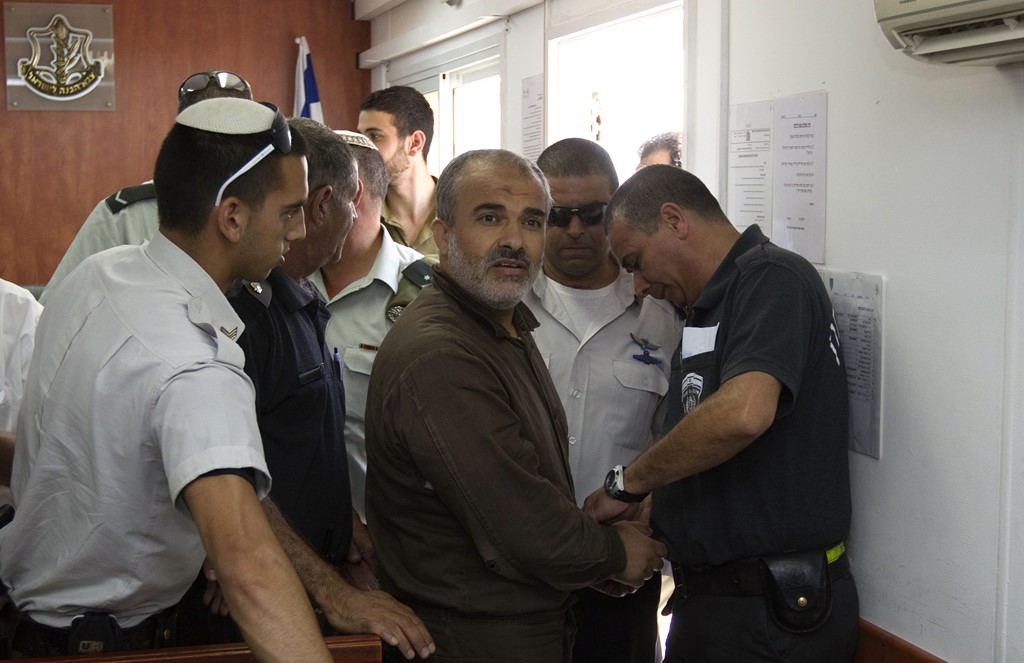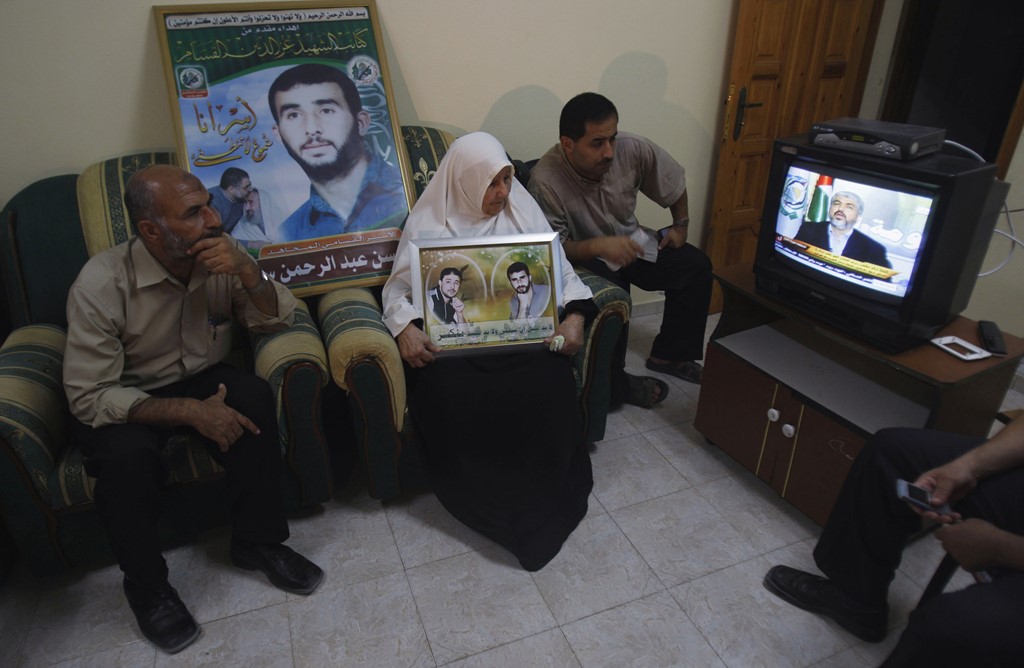Recent Hostage and Prisoner Exchange Between Hamas and Israel
Overview of the Exchange Talks
Earlier today, significant developments emerged in the ongoing conflict involving Hamas and Israel. Reports indicate that both parties have exchanged lists detailing the remaining hostages and Palestinian prisoners anticipated for release once a peace agreement is finalized. This exchange stems from negotiations surrounding Donald Trump’s proposal, which outlines a sequence for release contingent on the discharge of hostages.
Hostages and Prisoners: The Details of the Agreement
According to the arrangement, Hamas is expected to release all 48 hostages currently in their custody. In return, Israel will release 250 Palestinian prisoners serving life sentences, as well as 1,700 Gazans detained since the escalation of violence began on October 7. This proposed agreement seeks to include various factions within Palestinian society, emphasizing humanitarian concerns and the complex realities of the Israeli-Palestinian conflict.
Prominent Palestinian Prisoners
The intended release may potentially encompass several notable Palestinian figures incarcerated in Israeli jails. These individuals hold varying degrees of influence and notoriety within the context of the Palestinian resistance movement.
Marwan al Barghouti: A Key Player in Palestinian Politics
Marwan al Barghouti is a prominent figure within the Fatah movement and is often deemed a potential successor to current Palestinian Authority President Mahmoud Abbas. A veteran of both Palestinian Intifadas since 1987, Barghouti was integral in establishing the armed wing of Fatah under the direction of Yasser Arafat. Arrested in 2002, he was sentenced to five life terms in 2004 for his involvement in attacks against Israelis, making him a symbolic representative of Palestinian resistance.

Ahmed Saadat: The PFLP Leader
Another significant figure is Ahmed Saadat, the leader of the Popular Front for the Liberation of Palestine (PFLP). Saadat became well-known for his alleged involvement in the assassination of Israeli tourism minister Rehavam Zeevi in 2001. Although he was initially sheltered by Arafat and imprisoned under international scrutiny, he was seized by Israeli forces in 2006. Following this, he was sentenced to 30 years in prison due to various charges, but there was insufficient evidence to link him directly to Zeevi’s murder.

Abdallah al Barghouti: The Architect of Attacks
Abdallah al Barghouti, a Kuwaiti-born Hamas operative, is another key figure linked to numerous suicide attacks that occurred in Israel during 2001 and 2002. His involvement in these attacks, including the infamous bombing of a Jerusalem restaurant that killed 15 people, led to a hefty sentence of 67 life terms in 2004. His case exemplifies the high stakes involved in the negotiations between Hamas and Israel.
Ibrahim Hamed: The Top Commander
Ibrahim Hamed served as the commander of Hamas’s military wing, Izzedine al-Qassam Brigades, in the West Bank before being apprehended in 2006. Known for orchestrating multiple suicide attacks, Hamed was on Israel’s wanted list for an extended period. Currently, he is serving 54 life sentences.

Hassan Salama: The Suicide Bombing Architect
Finally, Hassan Salama is another notable Hamas member sentenced to 48 life terms for his role in orchestrating a series of devastating suicide bombings in Israel in 1996. His attacks resulted in numerous fatalities and were framed by Salama as responses to Israeli actions against Palestinians. Arrested later that year, he remains a significant figure in discussions surrounding prisoner releases.

Implications of the Proposed Releases
The possibility of releasing these high-profile Palestinian prisoners opens a complex conversation about justice, peace, and the lingering tensions in the region. Each of these individuals carries significant symbolic weight for different factions within Palestinian society, and their release could have far-reaching implications for future negotiations and stability in the region.
As developments continue to unfold, both the humanitarian aspects and strategic considerations of this potential prisoner exchange remain crucial topics for discussion among policymakers and analysts alike.

